Weekend Pick for December 29, 2023
Check out our weekly suggestions!
Are your students looking for book recommendations?
Send them to browse through the picks for this or past years.
For the picks from 2022 click here
For the picks from 2021 click here
For the picks from 2020 click here.
For older picks click from 2019 click here.
For the even older picks click here.
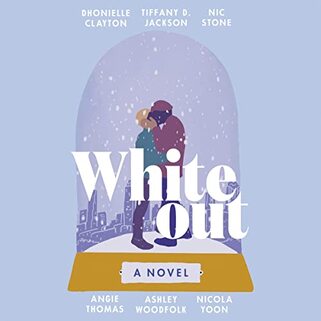
Stuck in a snow-blanketed Atlanta, twelve different teens ban together to help a friend pull off an epic plan to win back the love of her life with an apology of a lifetime. With the snow shutting down malls, highways, and at times communications, these friends have to find ways to accomplish their separate missions, each facing their own romantic entanglements. Full of heart and humor, this story collection demonstrates the vulnerability and risk involved in telling someone how you feel, showing up as fully yourself, and asking for the one you love to take a chance on you, too.
As we end the year, what better way to celebrate all the ways bravery, forgiveness, love, friendship, and family have met us this year than to enjoy a beautiful story that involves a little winter snow magic! Wishing you all the best as we close 2023 and turn the page to a new year full of new adventures :)
Until next year, keep reading!
Cammie

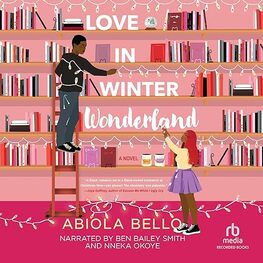
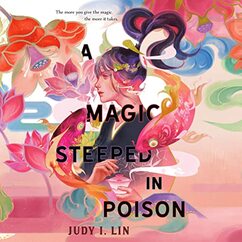
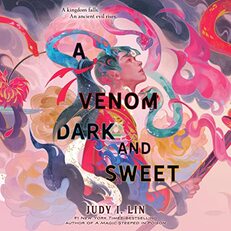
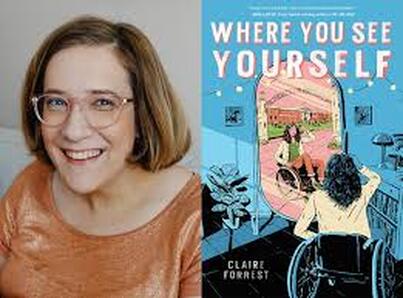
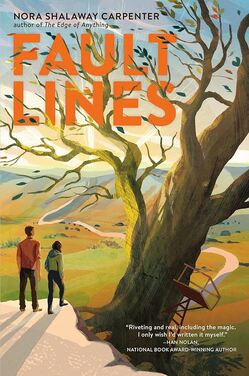

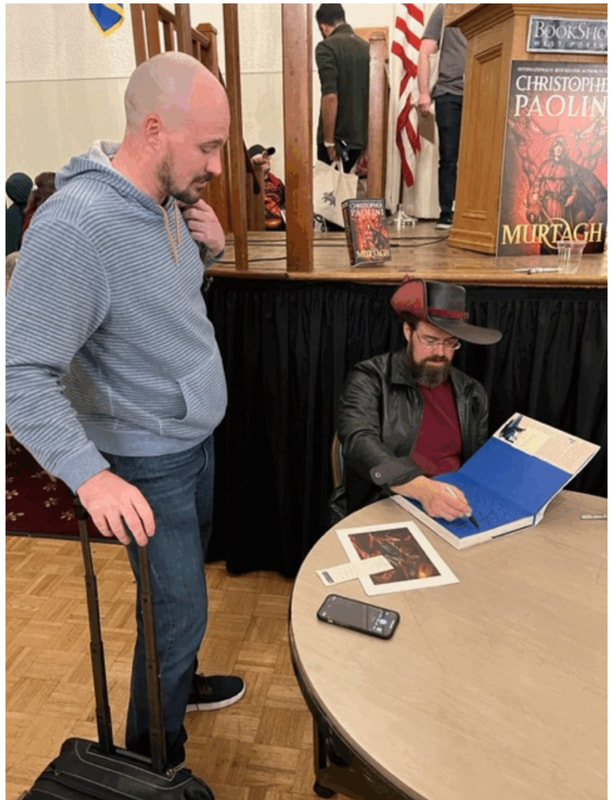
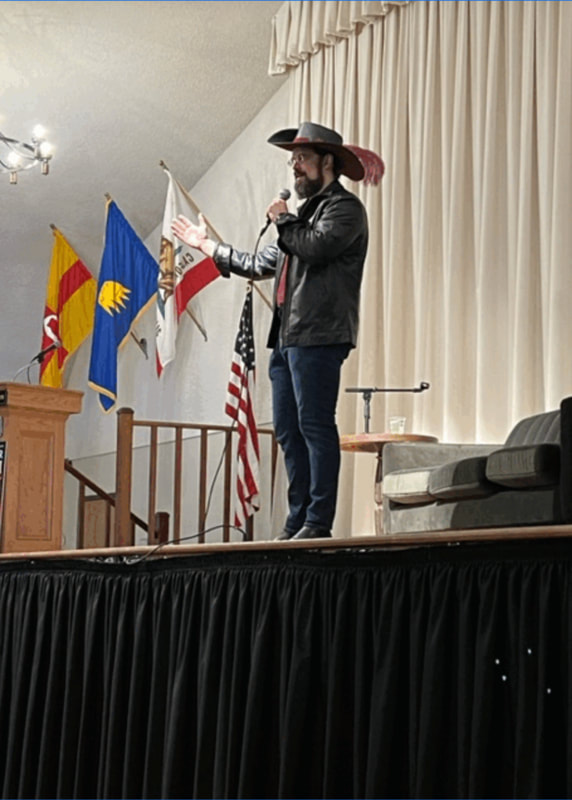
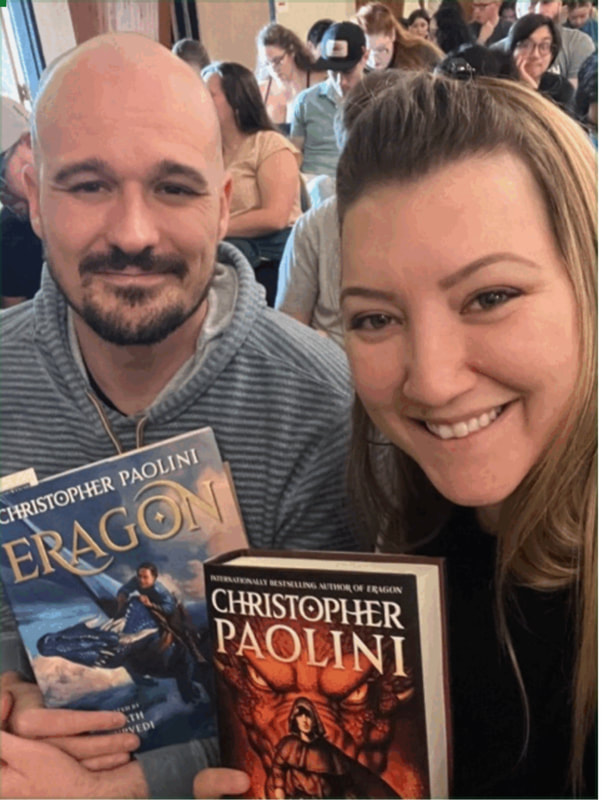

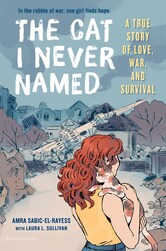

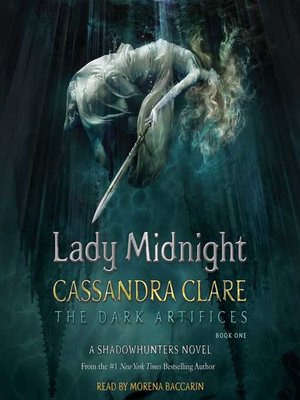

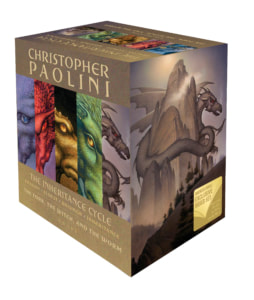


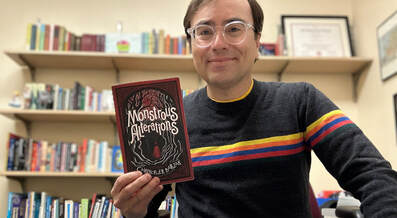

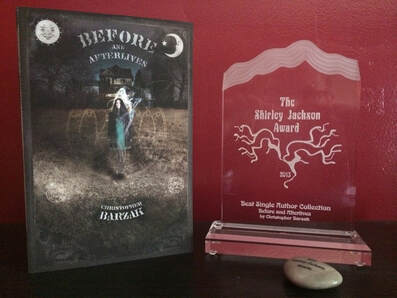
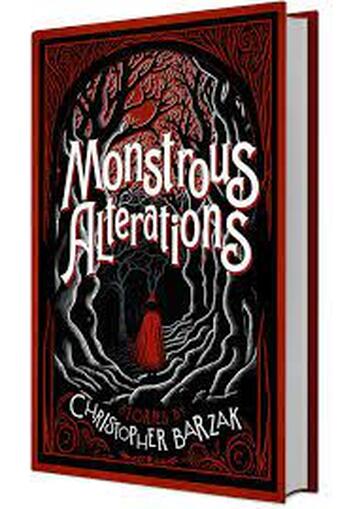
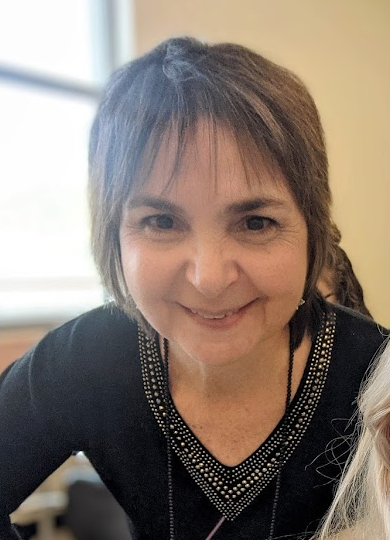

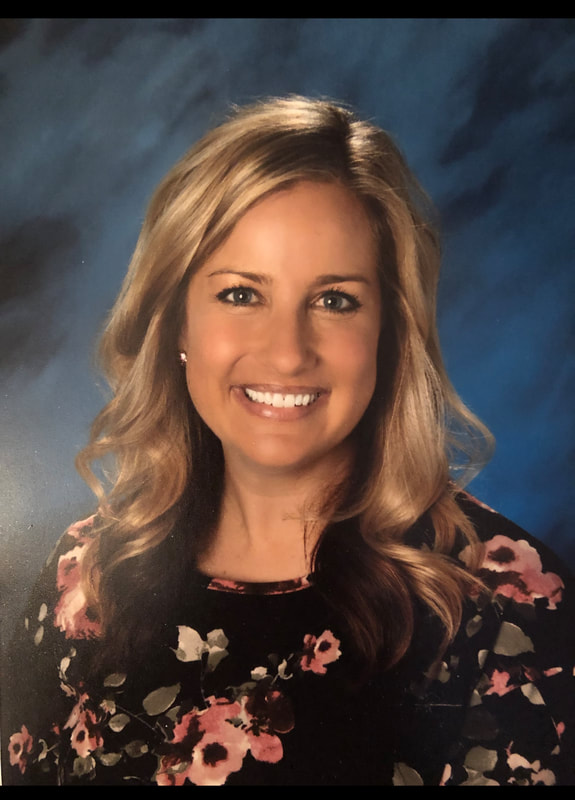
 RSS Feed
RSS Feed